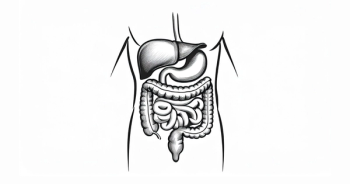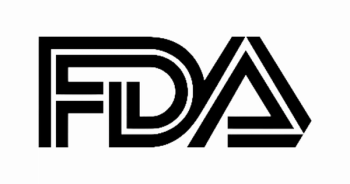
Toxicity Management for GIST Third-Line Therapy
Jonathan Trent, MD, PhD: Regorafenib is a multi-targeted kinase inhibitor that inhibits not only KIT and GI stromal tumor, but also VEGF receptor, PDGF receptor, and several other kinases. This broad inhibitory profile also leads to certain predictable toxicities including hypertension, diarrhea, hand-foot syndrome, fatigue, rash, and hypothyroidism.
These toxicities can be relatively well managed. We manage hypertension with antihypertensives, we manage diarrhea with antidiarrheals, and we manage hypothyroidism with thyroid replacement therapy. We manage anemia, initially, by a workup to determine the cause of the anemia, and if it’s B12, folate or iron deficiency, we replete those. And we generally manage rash with over-the-counter hydrocortisone and occasionally prescription steroids.
One of the more severe toxicities with agents like regorafenib and sunitinib is hand-foot syndrome. Hand-foot syndrome is a thickening of the calluses on the palms of the hands and the soles of the feet that, if unchecked, can become quite painful. We manage hand-foot syndrome very early and very aggressively with creams and lotions that contain urea. You’re looking for 20% or more concentration of urea to really solubilize the carotene that builds up in these calluses. It’s also common for us to refer patients to a podiatrist to manage calluses before they can get out of control. Because if unchecked, these thickened calluses can crack, become extremely painful, and even infected.
If the side effects of regorafenib cannot be managed by the supportive care approaches, then one may have to undertake a dose reduction. Standard dose reduction would be to reduce from 160 mg daily to 120 mg daily, and maintain 3 weeks on, 1 week off.
This patient developed severe diarrhea with greater than 10 stools per day that could not be effectively managed with Imodium (loperamide), Lomotil (atropine/diphenoxylate), or even tincture of opium. This required a dose reduction from 160 mg per day to 120 mg per day, 3 weeks on and 1 week off.
Transcript edited for clarity.
September 2014
- A 64-year old Caucasian male presented with abdominal pain and 3-month history of fatigue
- PMH was remarkable for hypertension well-controlled with a beta-blocker
- No family history of cancer
- He could perform all activities independently
- Abdominal CT findings:
- 12-cm mass arising from the stomach and involving the cardia, fundus, and body of the stomach
- 7-cm solitary mass in the left lobe of the liver
- Biopsy results:
- Gastric GIST with liver metastases
- IHC positive for CD117 (c-KIT), molecular analysis showed exon 9 deletion
- Mitotic activity, high with >5 mitoses/50 HPFs
- Treatment was initiated with neoadjuvant imatinib 600 mg daily for 5 months
- The primary tumor was stable during this time, the liver mass size decreased from 7 cm to 4 cm
- The patient was referred to a surgeon and underwent hepatectomy for the liver metastasis
- Following surgery, R0 resection with clear margins
- Treatment was initiated with imatinib 800 mg daily
August 2016
- Abdominal CT imaging findings:
- Multiple peritoneal implants
- A new small nodule (<1 cm) in the liver
- The patient could perform all activities independently with small occasional breaks, but could not perform physically strenuous activities
- He was switched to sunitinib 37.5 mg daily
February 2017
- At his 6-month follow-up, the patient was still able to perform most non-strenuous activities independently; however, the frequency of being able to do so had declined significantly
- Abdominal CT scan showed progression in multiple peritoneal implants; the liver nodule increased in size to 2 cm
- He was referred to an academic center
- His treatment was switched to regorafenib 160 mg, 3 weeks on, 1 week off
- The patient appeared to tolerate therapy well, after initial dose modification due to diarrhea experienced during the second week of therapy
- At the 6-month follow-up:
- Abdominal CT scan showed slight reduction in the peritoneal implants
- The liver nodule was no longer visible







































